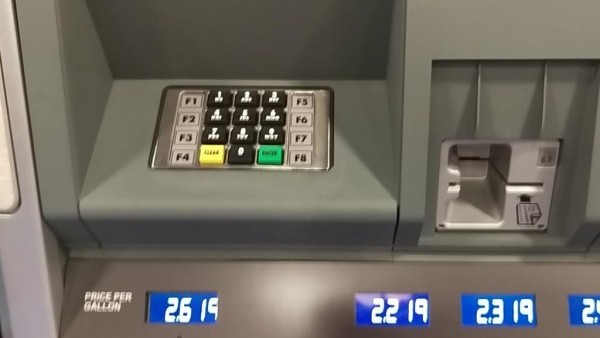What is EMV and why you should care?
Mar 3rd 2019
If you own a Gas Station/Convenience store or you service one, chances are you might already heard about EMV. And if that is the case, you might be wondering what is all that about. In this post I will talk about the current state of the payment card industry in the US, what is EMV and the important dates to keep in mind to comply with EMV rules.
Payment Card Industry Now
Today, payment and identification cards of all types (credit cards, gift cards, loyalty cards, membership cards, security IDs, etc.) are encoded with the cardholder's information on the back of the card using a strip of magnetic tape, also known as the magnetic stripe. The prevalence of magnetic stripe cards in the US makes card skimming and card copying easy and lucrative. In 2012, the US accounted for 47% of global credit card fraud while only being responsible for 23% of total global credit card use.
What is EMV?
EMV refers to the specifications administered by EMVCo using international standards to champion global interoperability for payment cards. Those standards include card, terminal and security evaluation which have made chip cards. Chip cards are different from traditional magnetic stripe cards in the way they communicate with card reader devices. Rather than the classic swipe-to-scan method, chip cards have an embedded integrated circuit chip which connects to the POS terminal's chip card reader. This chip is a microprocessor with the capability to encrypt transaction data dynamically for each purchase.
With over 1 billion cards in use, EMV is already a burgeoning global reality and are widely used in Europe, Asia and other regions. The US is yet to catch on on this, and the migration of the US payment card market from magnetic stripe cards to chip cards is known as the US EMV Migration.
Why does this affect Convenience Stores and Gas Stations?
In order to be able to accept chip cards in addition to current forms of payment, new POS and card reader equipment will be needed at the gas dispenser and the counter. The change is a voluntary one but in an effort to encourage EMV migration in the US, the card brands have instituted a fraud liability shift beginning October of 2015. After this date, all parties that make an investment in EMV technology will be protected from being financially liable for any potential fraud losses, this includes operations at the counter of a convenience store only. However, by October 2017 it extends to automated fuel dispensers.
The main driver behind this push for EMV adoption is giving better protection for cardholders against card fraud. It has become a huge problem today, mainly due to the ease in counterfeiting a magnetic stripe credit card. Chip cards on the other hand, have all its data encrypted so if ever any data is stolen it is not usable by the thieves.

